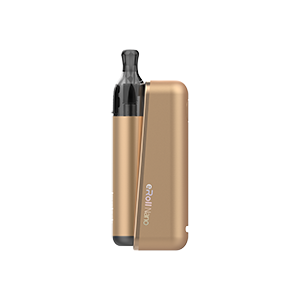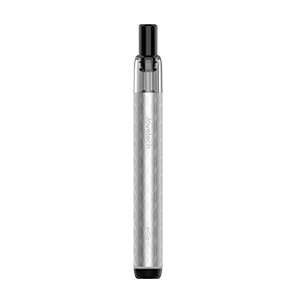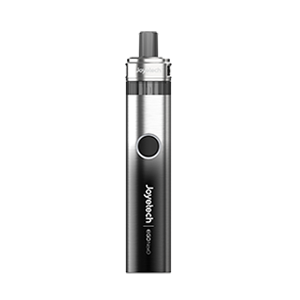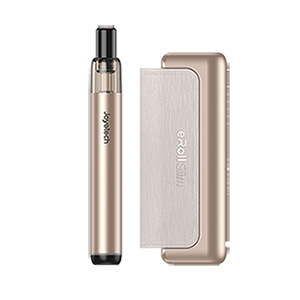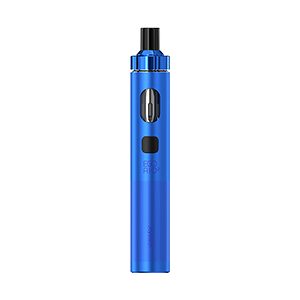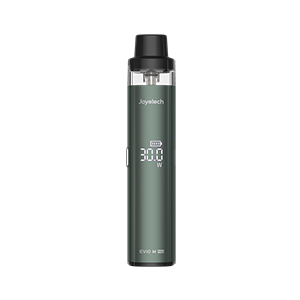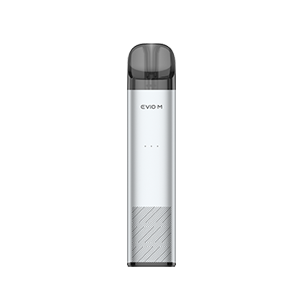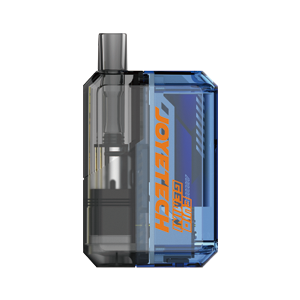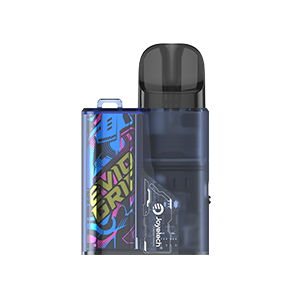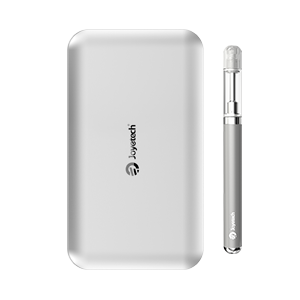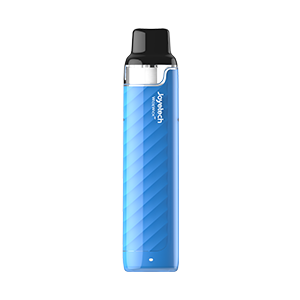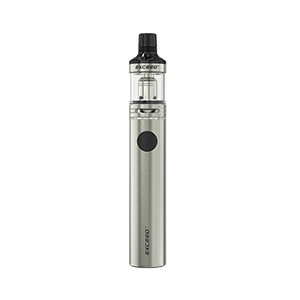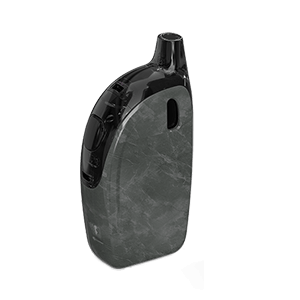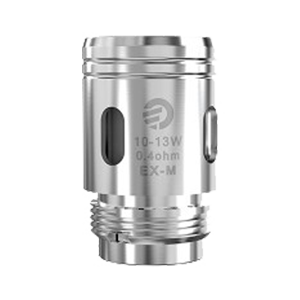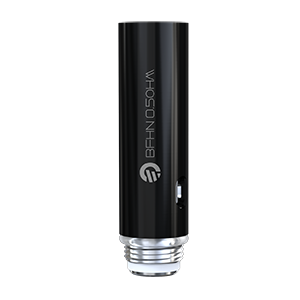Home
>
Compliance
>
Compliance News
>
FDA finalizes guidance for premarket tobacco product applications for electronic nicotine delivery systems as part of commitment to continuing a strong oversight of e-cigarettes
FDA finalizes guidance for premarket tobacco product applications for electronic nicotine delivery systems as part of commitment to continuing a strong oversight of e-cigarettes
Release: June 11, 2019
Today, the U.S. Food and Drug Administration finalized its guidance for manufacturers submitting new tobacco product applications through the premarket tobacco product application (PMTA) pathway for electronic nicotine delivery systems (ENDS), such as e-cigarettes or “vapes,” and the liquid nicotine and nicotine-containing e-liquids used with such products, as part of the agency’s continued commitment to its oversight of tobacco products.
“The FDA’s ongoing oversight of e-cigarettes and other ENDS products is critical to our public health mission and, especially, to protecting kids from the dangers of nicotine and tobacco-related disease and death. The FDA is committed to providing a solid, science-based regulatory foundation to ensure that ENDS products authorized for marketing are appropriate for the protection of public health,” said Acting FDA Commissioner Ned Sharpless, M.D. “The final guidance issued today provides companies seeking to market e-cigarette and ENDS products with recommendations to consider as they prepare a premarket tobacco product application to help the FDA evaluate the public health benefits and harms of a product. There are no authorized e-cigarettes currently on the market and we encourage companies to use this valuable document now as a guide to submit applications. At the same time, the public can be assured that the FDA has been and will continue to take all necessary actions to protect children as part of our Youth Tobacco Prevention Plan, including maintaining our focus on enforcement actions and policies aimed at ensuring e-cigarettes aren’t being marketed to, sold to or used by kids.”
Under the PMTA pathway, which is the marketing pathway most likely to be pursued for ENDS products, manufacturers or importers must demonstrate to the agency, among other things, that marketing of the new tobacco product would be appropriate for the protection of the public health. That statutory standard requires the FDA to consider the risks and benefits to the population as a whole, including users and non-users of tobacco products. The FDA must also consider the likely impact of the products on people’s behavior—specifically, the likelihood that existing users will stop using such products and the likelihood that those who do not use tobacco products will start using such products. This is especially important for youth. The agency’s evaluation also includes reviewing a tobacco product’s components, ingredients, additives, constituents and health risks, as well as how the product is manufactured, packaged and labeled.
Following an extensive review of input from the public on the previous draft guidance, the guidance issued today further clarifies the PMTA process for ENDS products and the FDA’s current thinking about information the agency recommends applicants include in a PMTA submission for ENDS products. Importantly, it also includes recommendations for how applicants should address public health issues in the design and manufacture of their products, such as accidental nicotine exposure and battery safety.
For example, the agency is recommending that manufacturers provide information describing the kind of packaging their product will be sold in to mitigate the risk of accidental exposure to e-liquids, such as child-resistant, exposure-limiting packaging or nicotine exposure warnings on labels. Additionally, to enable the FDA to assess the risks of a battery to be used in a particular product, the agency is also recommending that applications include, among other things, information on: amperage, voltage, wattage, battery type (chemistry), whether the battery is consumer-replaceable, testing certificates for any voluntary electrical standards for the battery or device—including UL 8139, the recently published, first-ever standard specifically for ENDS products—and under- or over-voltage protections, as well as plans for addressing the likelihood of use and foreseeable misuse leading to overheating, fire and explosion during operation, charging, storage and transportation for distribution.
The guidance also includes recommendations for constituent or chemical testing, applying existing scientific literature or analyses about similar products to the proposed new tobacco product, including multiple distinct products in a single submission and referencing tobacco product master files.
In addition to the guidance being issued today, the agency had previously published additional resources to aid industry application submissions, including the proposed rule on Substantial Equivalence Reports and Tobacco Product Master File Guidance, and has conducted a public meeting and educational webinars describing, among other things, the statutory requirements for premarket applications. The FDA will continue efforts to assist industry in complying with federal tobacco regulations through online information, meetings, webinars and guidance documents.
As part of the FDA’s comprehensive plan for tobacco and nicotine regulation, the agency also continues to explore clear and meaningful measures to make tobacco products less toxic, appealing and addictive with an intense focus on youth. This could include measures on flavors/designs that appeal to youth and product labeling to prevent accidental child exposure to liquid nicotine. The FDA is also exploring product standards that could help prevent injuries from known tobacco product risks, including a potential product standard to prevent “vape” battery explosions.
The FDA, an agency within the U.S. Department of Health and Human Services, protects the public health by assuring the safety, effectiveness, and security of human and veterinary drugs, vaccines and other biological products for human use, and medical devices. The agency also is responsible for the safety and security of our nation’s food supply, cosmetics, dietary supplements, products that give off electronic radiation, and for regulating tobacco products.
Cited from FDA website, link as follows: https://www.fda.gov/news-events/press-announcements/fda-finalizes-guidance-premarket-tobacco-product-applications-electronic-nicotine-delivery-systems?utm_campaign=061119 



